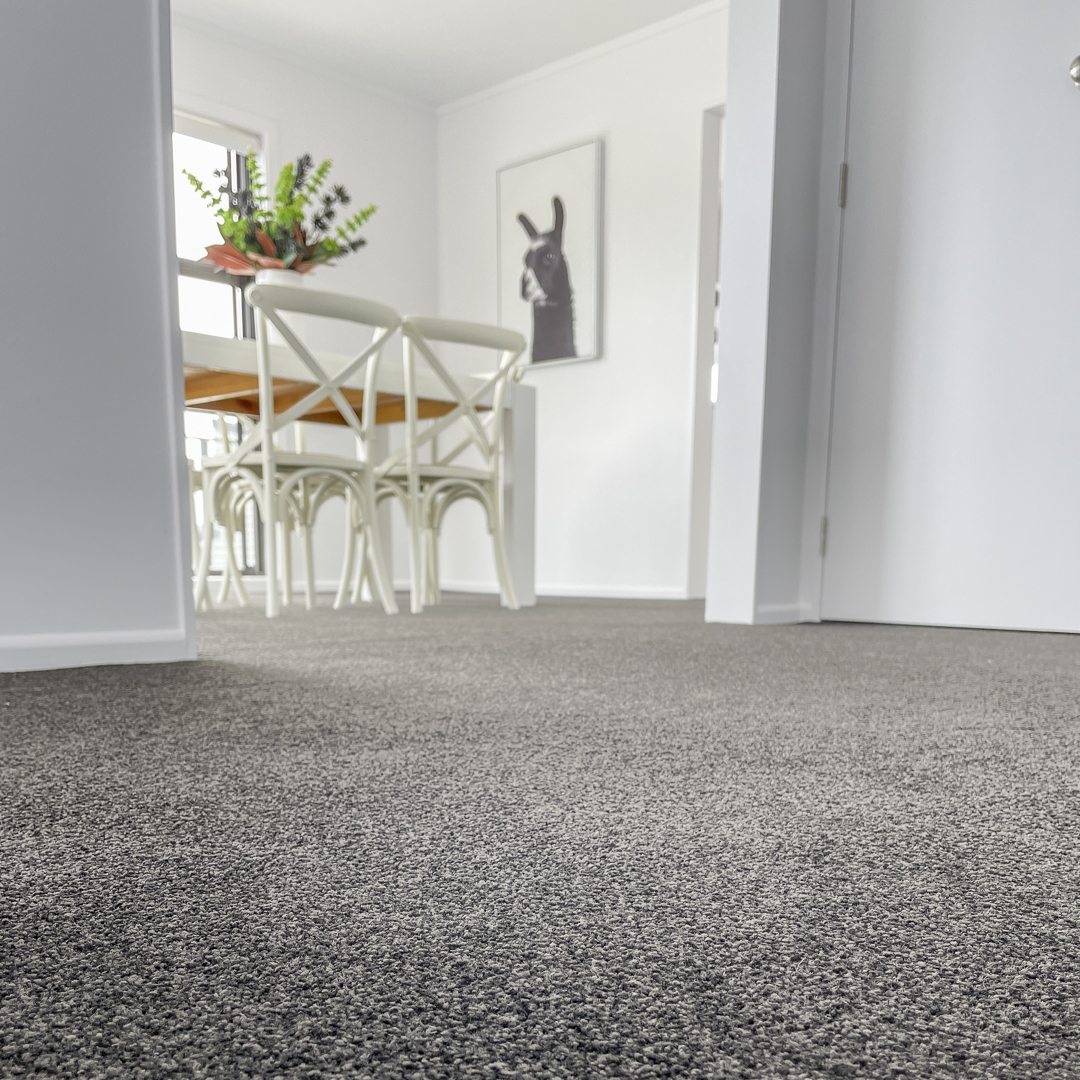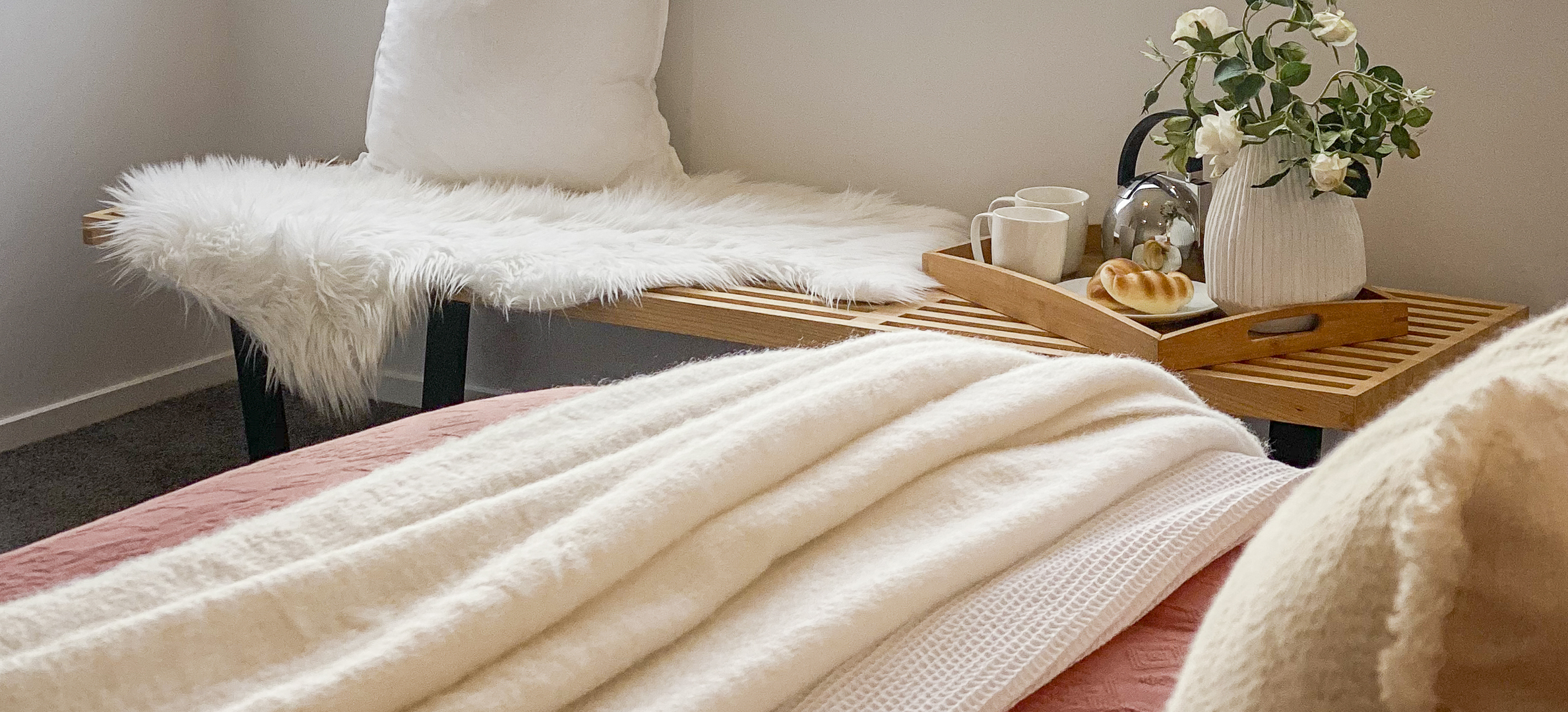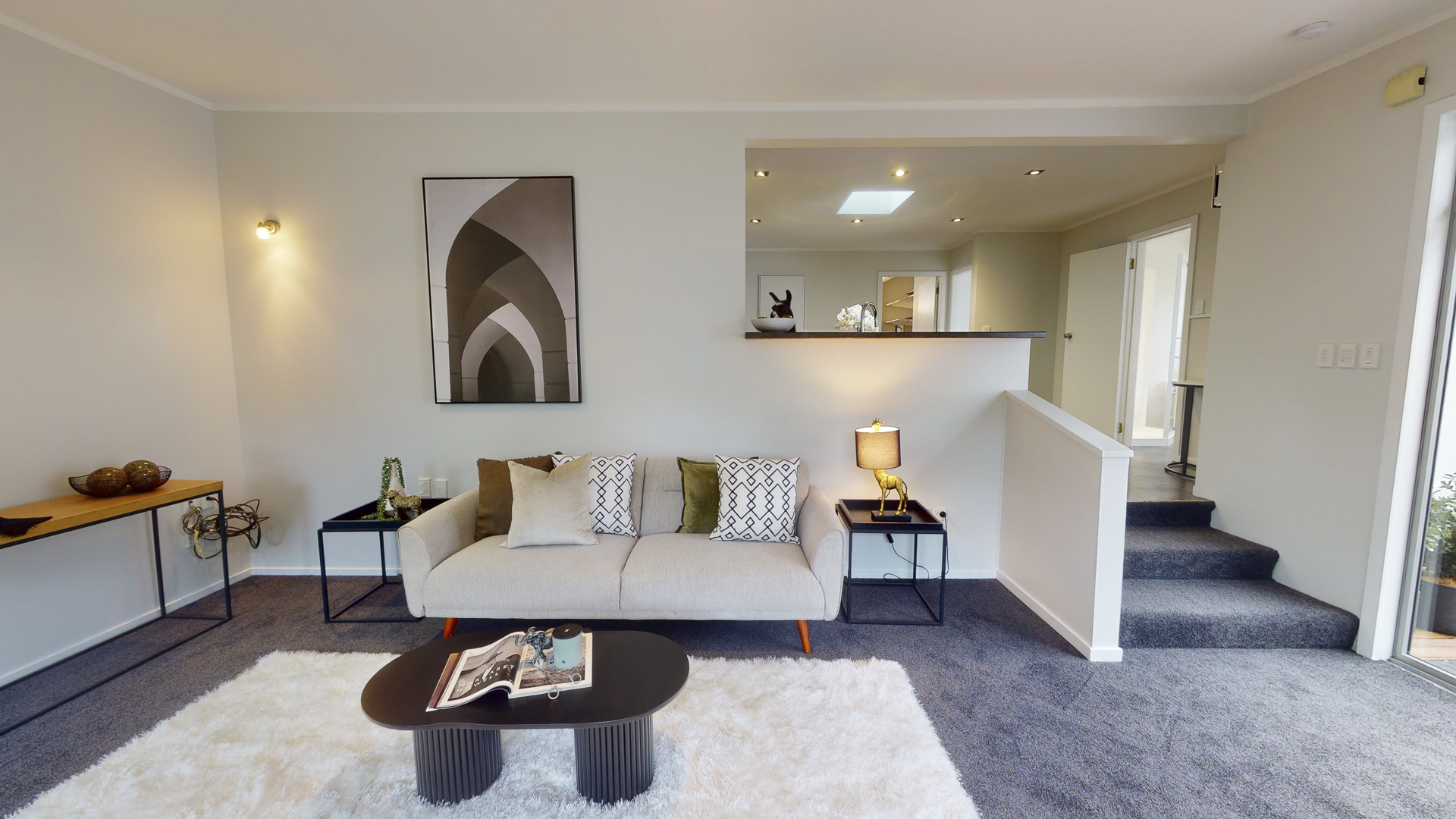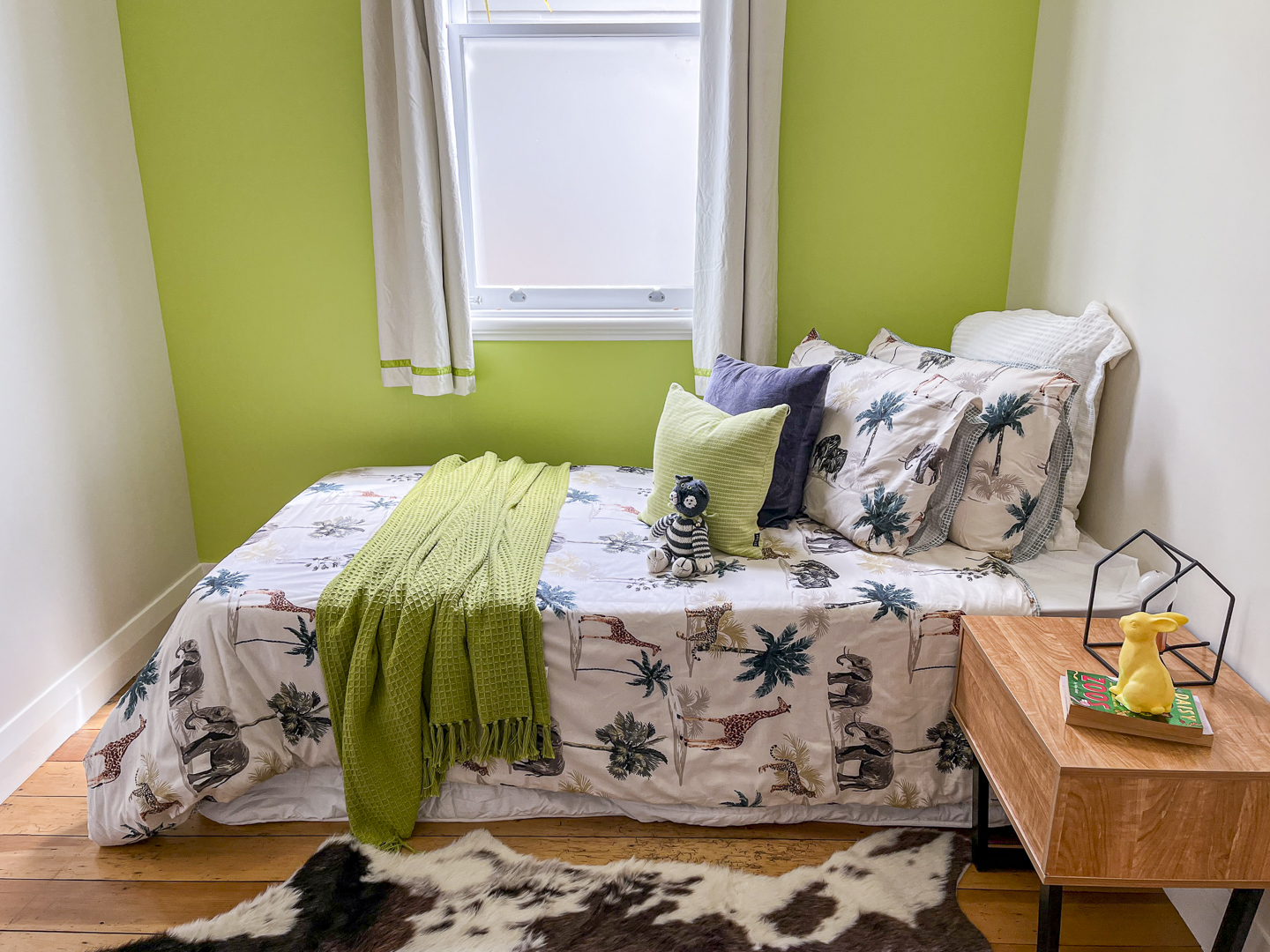Mid-Century Design Appreciation Post: All the Ins and Outs of Our Favourite Revival Trend
Mid-century interior design is making a huge comeback right now. It’s a real buzz word when it comes to home staging experts and interior designers alike. We’re sure everyone who has ever walked into a homewares store has heard of this magical word by now – but what really is ‘mid-century design’?
Before you buy into the trend, let’s get into the nitty-gritty of it.
What is mid-century modern design?
Mid-Century modern design refers to a movement in architecture and interior design that shot through America between the 1930’s right up until 1970. It came out of the post-war design movements of International and Bauhaus Design.
International design refers to the early modernism that was creeping out of Germany, France and Holland in the 1920s, which emphasised the use of more lightweight materials and open plan spaces. This influence was complemented by the Bauhaus design movement: a modernist movement that emphasised form over function and raw, minimalist designs. Together in America, they merged to form mid-century modernism.
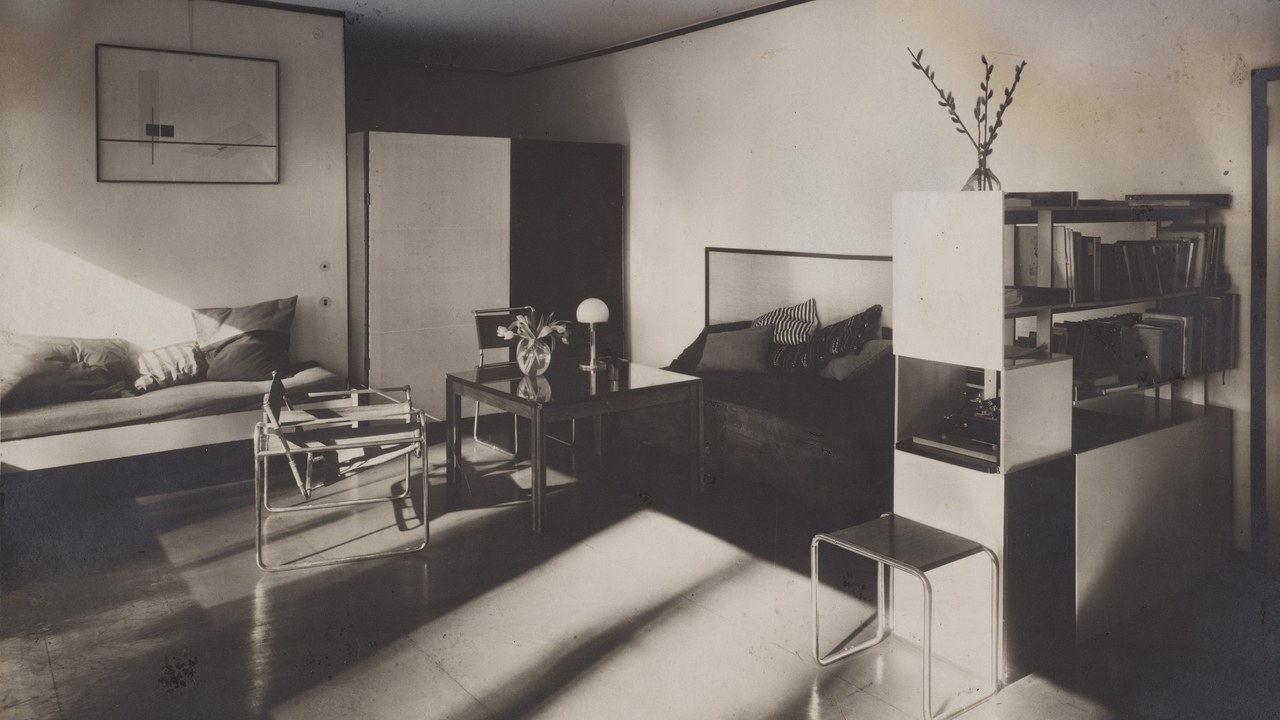
The sudden surge of people returning home after the war in America and returning to daily life with office jobs and family homes launched this need for change in the way design was happening. Lots of housing developments were being built everywhere, and they had to utilise cheaper materials and cleaner designs in order to be built fast enough to keep up with demand.
The furniture coming out around this time reflected these needs as well. Along with the ‘form over function’ ethos that mid-century design collected from Bauhaus, there was an underlying need for items to be interchangeable, and multipurpose. The way that mid-century chairs are designed particularly highlights this, as even today they are not restricted to one specific purpose: dining, living and lounging chairs are interchangeable.
Defining mid-century design characteristics
What makes mid-century design so uniquely different from its predecessors? Seeing a space designed in this way can instantly transport us to the 1960s, but what’s interesting is how has been made possible, considering the heavy influence it takes from previous modernist movements.
Clean, Organic Lines
Mid-century modernism takes the idea of clean, simple lines from previous movements. It uses these in both similar and contrasting ways. Mid-century aims to be more integrated with nature, and so the clean lines have a defining difference: they are not always straight. Something that is uniquely mid-century is the use of parabolas, convexities and other organic curvatures in its forms. This helps to achieve a more sculptural look than modernism – which valued its right angles.
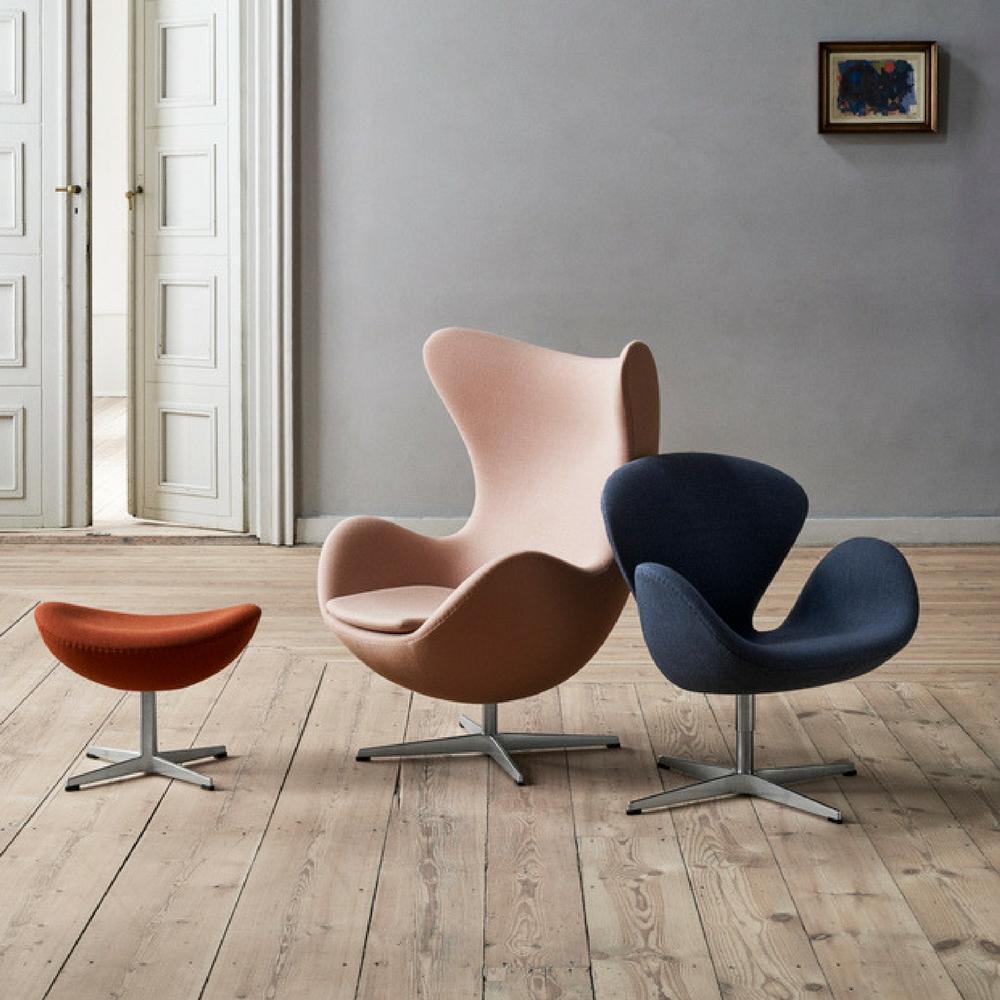
New Materials and Bold Textures
One thing that is uniquely defining about mid-century modern design is its bold texture combinations. It arose in a time where America was learning about new, accessible materials, and it has a tendency to experiment with contrasts in materials as a result. You see a lot of materials such as Perspex, vinyl, stainless steel, fibreglass and other modern materials in mid-century design, that you don’t see many other places.

Interior Flow
Taking after modernism, mid-century design pushed the idea of creating flow within spaces and between indoors and outdoors. The movement influenced a lot of interior areas as a whole, as it aimed to create family living in the best way possible. You often see various levels in a mid-century home, most commonly through the implementation of sunken living rooms. A lot of glass is used to create less barriers and to connect spaces with nature.

Graphic Patterning
Lastly, mid-century modern incorporates the use of graphic colours and patterns that made physical items look as though they had come straight out of an architect’s notebook. Technical patterning such as isometric tessellations and circular designs was heavily inspired by art deco, but again had a clean, simple form without the ornamentation of art deco.
Primary Colours
The colours used in mid-century design were so often some of the boldest colour palettes the 20th century had seen so far. As people discovered plastic, they also discovered more chemical dyes that could give them rich, primary colours. Bright reds, yellows and royal blue was used among stark black or white pieces.
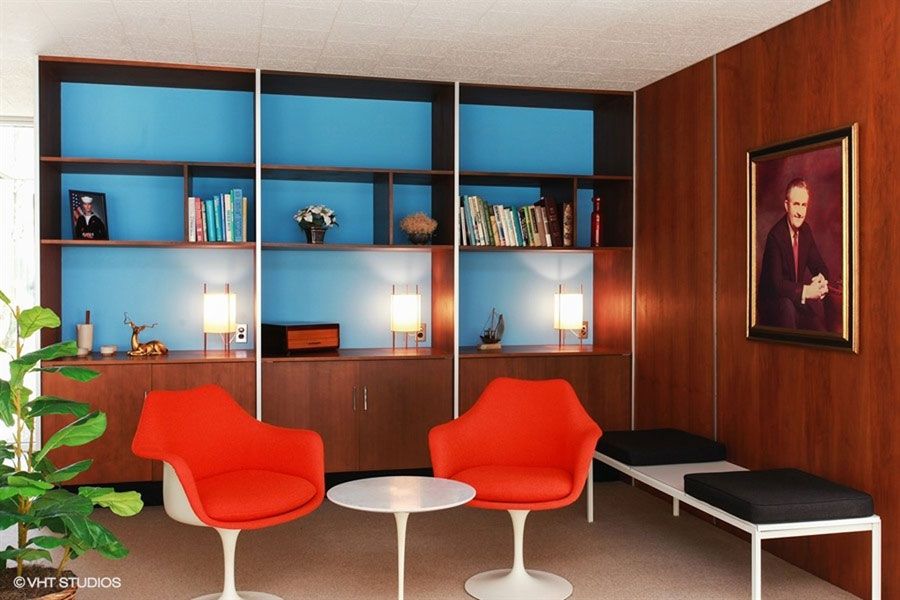
Why the revival?
The defining characteristics of mid-century modern design are scattered through furniture pieces everywhere – from the most exclusive of design studios, to flatpacks from Kmart. This trend is so huge right now you’d find it hard to walk into an urban home that didn’t have some piece of furniture in the style.
The kickoff to the revival of mid-century furniture began in the early 90s, when some of the largest names in mid-century innovations finally opened their furniture studios to retail clients. This made mid-century accessible to more people than just celebrities for the first time ever. From there, a spiral of accessibility increased the sales and popularity of designs similar to these pieces, starting a massive trend that still runs today.
Mid-century furniture was designed for smaller, post-war homes. This makes it the perfect style for urban living in modern times. Young people are attracted to the minimalist, ‘less is more’ aesthetic and the organic nature of the pieces that separates them from brutal modernism.
In a way, nostalgia also has a part to play in mid-century’s massive revival. In this high-tech world we live in, there is a massive push towards fashions, furniture and architecture that comes from a simpler time, as a way of rejecting the future society we’re being driven towards at full pace. People find comfort in seeing designs that remind them of a simpler time, in the same way that ultra-modern design can seem intimidating.

Talk to Home Stagers who Know Their Stuff
Understanding what’s trending among society and the psychology behind trends is a huge part of a home stager’s job. In order to place the right items in your home that will seem attractive, relatable and comforting to potential buyers we have to know exactly what items do this and why.
If you’re looking for quality Wellington home staging services, look no further than the home stagers who do their research and know just how to stage your home perfectly. Talk to us today for a free consultation and quote.

